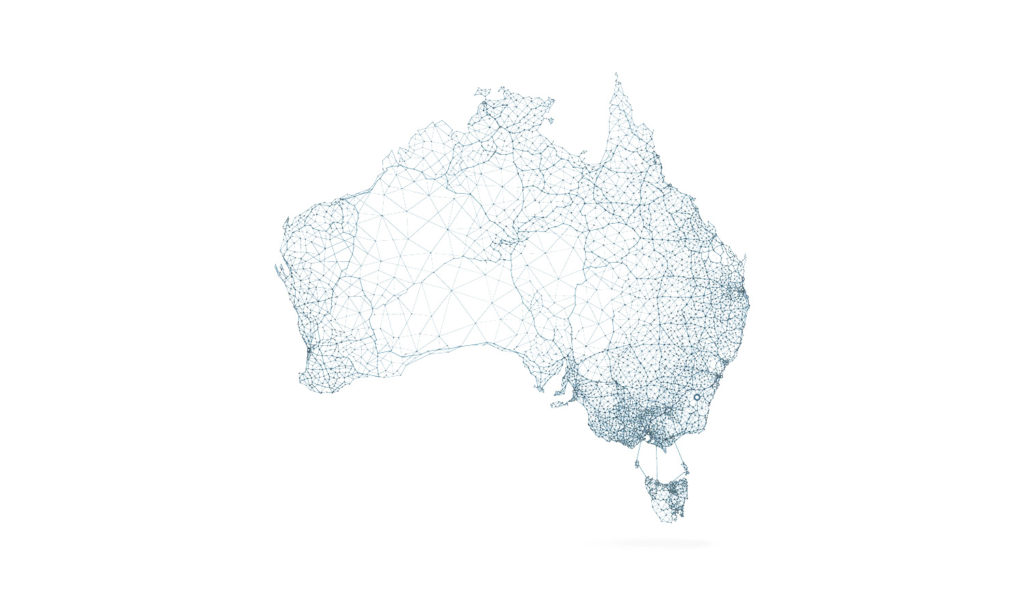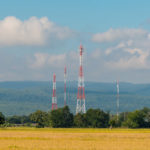Connectivity is the Key to Success for Farms in Australia
The level of agtech development occurring throughout Australia is quite impressive, yet there is one considerable barrier for producers: the infrastructure connecting these technologies to the internet.

Connectivity is the Key to Success for Farms in Australia
The level of agtech development occurring throughout Australia is quite impressive, yet there is one considerable barrier for producers: the infrastructure connecting these technologies to the internet.The potential of software development, IoT and Big Data in agriculture is beginning to be understood and realised worldwide. Yet with any new products there are understandable hurdles to overcome. In Australia, the elephant in the room for all producers, developers, and entrepreneurs is internet connectivity.
A Tough Environment Requires Efficiency
Australian farmers operate in a tough environment, operating within the driest and flattest inhabited continent with very high weather variability. From Australia’s 370 million hectares of agricultural land, our farmer’s export 77% of everything they produce, which highlights the critical need for our industry of staying competitive in a global economy. On top of this, Australian farming is among the most self-sufficient in the world with only 1% of farm income coming from government support (China 21%, European Union 19% and the US 9%) and over the past 30 years we have maintained an average productivity growth of 2.7% a year (National Farmers’ Federation, 2017). Given the above conditions and the ever changing market economy for agriculture, Australian farmers are looking at the next best way to improve their operation.
IoT without the Internet?
As with the other regions of the world, the next biggest movements in productivity and growth for future generations will come from technological advancement. The level of agtech development occurring throughout Australia is quite impressive; however, there is one considerable barrier to entry for the majority of producers: the infrastructure connecting these devices to the internet.
The risk to the Australian agriculture industry is our lack of internet connectivity in rural regions, which restricts our ability to adopt the latest technological developments. On top of this, start-ups with great products risk failing due to the inability to have large portions of their potential market able to access their product. Understanding this restriction from a policy perspective is easily comprehensible; Australia’s population is primarily distributed around the coastline, with 80% of our 25 million living in our capital cities and surrounding areas (Australian Bureau of Statistics, 2012). Distributing the other 5 million people between the remaining agricultural land results in a very sparse landscape of only 0.8 persons/km2. For this reason alone, it is understandable that the economics for telecommunication infrastructure does not stack up to sufficiently cover all our production regions.
Coverage is not the only concern facing farmers, as upload/download speeds and service plans vary significantly from region to region with some customers paying up to AU$250/month for only 6 GB (Farm Weekly, 2017). Imagine a young family dealing with this limitation, who also want to access this data for schooling and day to day life, while the business attempts to operate properties up to and greater than 6000Ha. Access to reliable and cost effective coverage isn’t only needed for the adoption of precision agriculture technologies, but also for productivity gains in general day to day operation (i.e. communicating effectively with staff) and safety concerns.
Solutions on the Horizon
Current government infrastructure plans are underway with the rollout of the National Broadband Network which still favours the populated areas, and the Sky Muster Satellite network that will service the most remote of homes and businesses.
While these services are greatly needed, the time to completion and the issue of whole farm coverage is still unresolved for most operators. As a solution to these problems, local innovators such as WI-SKY and Agrinet have developed solutions by installing permanent Wi-Fi networks across a property with a node at the farm house or shed acting as a gateway to the internet. Other companies are going about this problem in other ways. Myriota is another Australian company that is planning ahead for the remote connection of IoT devices via low-earth orbit nano-satellites, not only for Australian farmers, but for a number of industries at a global scale. Myriota has impressed the industry so much that it has recently received $15 million in Series A funding from a suite of global investors, pretty good for a company launched in 2015.
It is plain to see that connectivity issues are likely to be a recurring problem for our Australian customers, until a unified approach can be established. In the meantime AGCO understands the importance to have critical information get back to the farmer or the dealership in a timely manner. AGCO seeks to provide a variety of solutions to meet existing conditions, such as leveraging the Iridium Satellite network for our AgCommand telemetry tool, giving 100% coverage globally.
For the latest news on precision farming developments from AGCO, visit www.AGCOcorp.com/Fuse.
Written by: Angus Hogan
Angus Hogan is the Product Manager for Fuse in Australia and New Zealand. To read more from our precision farming experts, follow our #TechTuesday series here on our blog.



